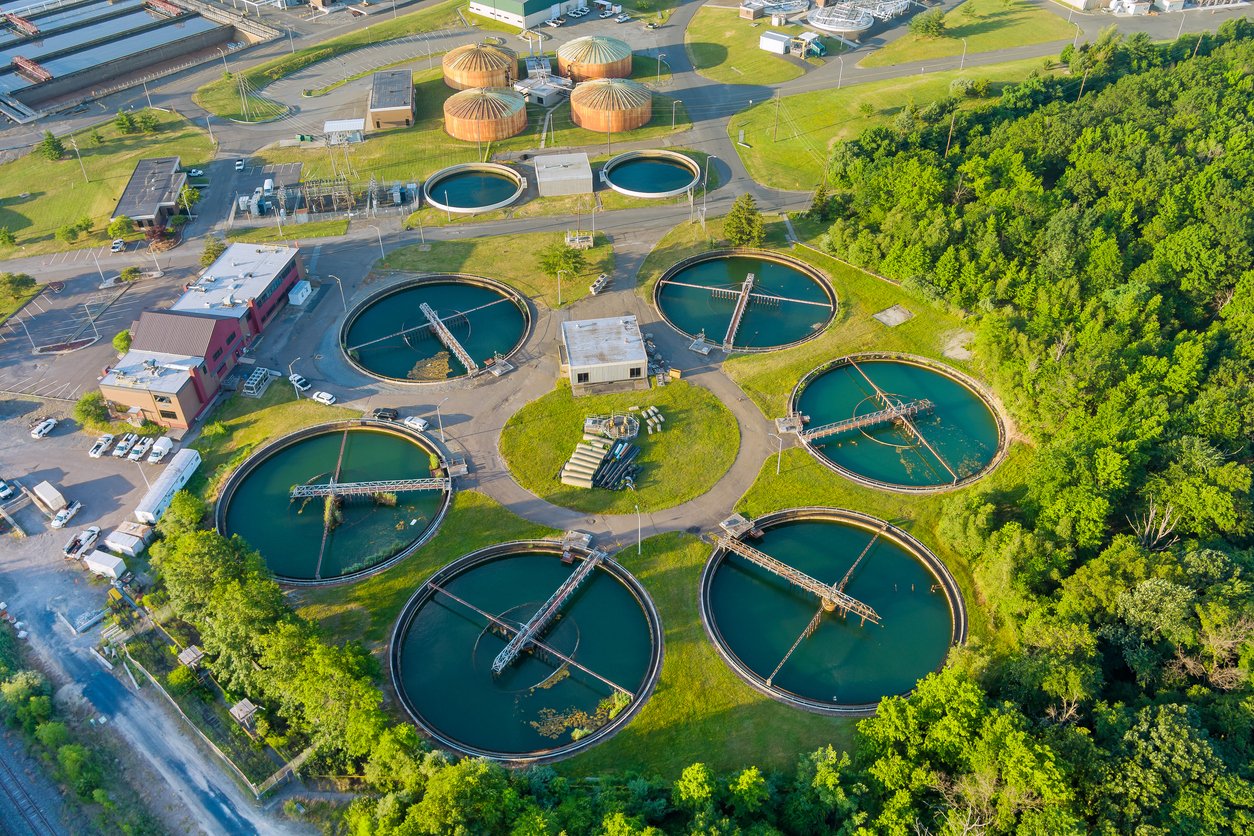High-frequency data collection at the level of households in developing countries offers the potential to measure their resilience and to act quickly in response to food shortages, disease outbreaks, and other adverse events. This column explains how such timeliness is crucial during a humanitarian emergency like the March 2019 floods in Malawi. By being proactive rather than reactive, these data can buffer vulnerable households against the effects of natural disasters.
In March 2019, Cyclone Idai slammed into southeastern Africa, killing over 1,000 people and affecting three million more. In Malawi, an estimated 81,000 people were displaced by the cyclone-related flooding that affected the region.
As humanitarian aid rushed in to assist those who were displaced, directing it required up-to-date data concerning these households. Where have they moved to? What is their health status? Do they have access to sufficient food?
As it happens, timely updates were available via an established network of sentinel sites, providing timely updates on the impact of the flood on households’ resilience and food security. Compiled in a widely disseminated one-pager, the data highlighted how households affected by the floods were facing severe food shortages and reported an alarmingly high level of malaria incidence (see Figure 1).
The data were drawn from the Measuring Indicators for Resilience Analysis (MIRA) protocol, a system of locally embedded enumerators collecting monthly data from representative households in order to measure resilience.

Figure 1. Excerpt from a one-pager highlighting household food-insecurity after the 2019 Floods
Conceptually, resilience sees a system as dynamic, shifting in response to external stimuli. Because the shocks and their effects on outcomes under study are uncertain, they are quantified in terms of uncertainty. Shocks are also interlocking: if a breadwinner loses his or her job and cannot afford care, household members may be more likely to get sick.
Recent studies have sought to quantify resilience empirically, building on the rich body of research on poverty measurement. This has prompted a call to develop a series of sentinel sites in vulnerable communities to inform resilience-programming efforts.
MIRA was jointly designed by the Monitoring, Evaluation, Accountability, and Learning (MEAL) unit within the Southern African Regional Office (SARO) of Catholic Relief Services (CRS) and the Charles H. Dyson School of Applied Economics and Management at Cornell University.
MIRA was piloted as part of the USAID funded United in Building and Advancing Life Expectations (UBALE) project in southern Malawi. It was developed in response to multiple needs at the donor, project, and community levels, including:
- Empowering communities with real-time data.
- Monitoring the experience and persistence of shocks.
- Understanding how household characteristics affect resilience.
- Refining food security indicators for early warning systems.
- Studying the effectiveness of project activities to increase household resilience.
MIRA is currently operational in Malawi and Madagascar, with a view towards expanding it elsewhere.
At its heart, MIRA is a combination of two surveys: a baseline-end line survey of the target population to collect demographic characteristics, combined with monthly data collection to track household food security and shock dynamics (see Figure 2).
Enumerators hired from within each community are trained on a smartphone-enabled survey application. Each month, enumerators spend approximately 10 minutes per interview asking households about shocks and food security outcomes. Enumerators sync data to the cloud in near real-time, rapidly rendering the data available for analysis.
The advantage of these shorter, ‘high-frequency’ interviews is that they both mitigate ‘recall bias’, which can be significant, and provide timely snapshots of households’ wellbeing. As the March 2019 floods illustrate, this timeliness is crucial during a humanitarian emergency. Furthermore, by relying on locally embedded enumerators, the protocol is low cost compared with other household surveys.

Figure 2. Excerpt from an upcoming paper illustrating the trajectory of shocks experience
In order to ensure community engagement, insights from the data are shared in an accessible format with a Village Development Committee (VDC), which disseminates the information. This gives communities ownership of their data and allows them to make informed decisions for collective action.
For example, when a community in Malawi received data showing high livestock diseases, they pooled their resources and hired a veterinarian to vaccinate their goats and chickens. The VDC can also share the information with government officials, empowering them.
This community engagement, in combination with measures to monitor and motivate enumerators, has ensured that attrition remains remarkably low month-on-month. Even during the March 2019 floods, enumerators in affected communities continued to conduct surveys, following respondents to displacement sites when necessary. Even enumerators affected themselves by the floods were able to continue collecting data and upload it to the server.
Recent research demonstrates how this rich source of data can be used to measure resilience. Resilience metrics are defined by stochastic dynamics, probabilistic distributions of outcomes over time. High-frequency data are well suited to measure these dynamics, offering rich inter-temporal variation within households.
These data can be used to infer how households’ characteristics affect their resilience. When used to train machine algorithms, high-frequency data can be used to predict future shocks and food insecurity. This is useful both to inform resilience-programming and to target assistance in anticipation of future need.
High-frequency data-collection protocols offer the opportunity to collect high-quality, household-level data on what is close to a real-time basis. The map in Figure 1 was produced and disseminated within a week of the flooding in Malawi, allowing government agencies and international relief organizations to act promptly, providing vital humanitarian assistance to feed the displaced and nipping a potential epidemic in the bud.
Looking forward, we are working to combine these data with geo-spatial and health indicators, creating a user-friendly data ecosystem that program officers and policy-makers can use to inform resilience-building interventions. These proactive actions could include efforts at diversifying livelihoods, improving watersheds, and building social capital.
By being proactive rather than reactive, these interventions informed by good data can buffer vulnerable households against the effects of natural disasters.






